The Value of Using Employment and Insurance (E&I) Rapid Testing Device Classification – Sponsored by Wondfo USA
This information is provided for educational purposes only. Reader retains full responsibility for the use of the information contained herein.
Rapid-result drug testing is growing in popularity among employers. In Current Consulting Group’s (CCG) 2024 Employer Drug Testing Survey, co-sponsored by Wondfo USA, 45% of the respondents said they conduct rapid-result urine tests and 22% said they utilize rapid-result oral fluid tests. Further, nearly 10 percent said they are considering adding rapid-result oral fluid testing to their programs.
Additionally, in CCG’s 2024 Drug Testing Industry Survey, 68% of providers said they believe rapid-result testing will increase over the next three years.
For many years, the gold standard for rapid drug testing devices was what’s known as 510(k) clearance from the U.S. Food and Drug Administration (FDA). FDA clearance is a premarket submission to the FDA to show that a device is as safe and effective as, and substantially equivalent to, any other legally marketed device intended to be used for the same purpose.
More recently, the FDA announced a list of Class II devices that the Agency has determined based on established factors no longer require premarket notification within specific limitations. Traditionally, most Class II devices for drugs of abuse testing were classified under a moderate risk regulation and required 510(k) clearance prior to marketing. However, the Agency finalized what’s known as an E&I (Employment and Insurance) designation in 2019, which means that a device can be exempt from premarket notification when its use will be limited specifically to the employment and/or insurance market.
According to a 2022 presentation by Joey Kotarek, Ph.D., of the Office of In Vitro Diagnostics (IVD) and Radiological Health at the FDA: An E&I device “… is exempt from the premarket notification procedures in subpart E of part 807 of this chapter subject to the limitations in § 862.9, provided the test system is intended for employment and insurance testing and includes a statement in the labeling that the device is intended solely for use in employment and insurance testing, and does not include devices intended for Federal drug testing programs (e.g., programs run by the Substance Abuse and Mental Health Services Administration (SAMHSA), the Department of Transportation (DOT), and the U.S. military).”
So, while an E&I device is not FDA cleared and does not meet the requirements to be used for certain federal testing regulations (i.e., DOT, SAMHSA and the U.S. military), it can be used for non-mandated federal employment and insurance testing purposes if not otherwise restricted by a state drug testing law since it has been shown to be equivalent to certain cleared on market devices.
Quoting from the Agency’s website: “FDA regulates a type of IVD referred to as drugs of abuse tests that are sold to consumers or healthcare professionals in the United States. FDA reviews many of these tests before they are sold for use. In its review, the FDA evaluates the design and performance of tests and sample collection systems to help ensure that they produce accurate results. The FDA also reviews the test instructions and package inserts to help ensure that the end users can understand how to perform the tests easily and successfully.”
Further, “FDA does not review drugs of abuse tests intended for employment and insurance testing provided they include a statement in their labeling that the device is intended solely for use in employment and insurance testing and does not include test systems intended for Federal drug testing programs (e.g., programs run by the Substance Abuse and Mental Health Services Administration (SAMHSA), the Department of Transportation (DOT), and the U.S. military.)”
Therefore, an E&I device does not have to be FDA 510(k) cleared but the intended use must be limited to employment and insurance testing and it must be registered with the FDA and not exceed any of the limitations outlined in 21 CFR § 862.9.
Simple or complicated? Basically, what a potential user of an E&I device needs to understand is that its use is legal for workplace drug testing as well as for insurance underwriting purposes. Hence, employers can use a rapid-result oral fluid device that has the E&I designation with confidence.
Wondfo USA’s T-Square™ One Step Multi-Drug Oral Fluid Test is an example of an E&I device. It offers qualitative detection of specific drugs of abuse and their principal metabolites in human oral fluid at specified cut-off levels. The specific drugs of abuse include Amphetamines (AMP), Barbiturates (BAR), Cocaine (COC), Methylenedioxymethamphetamine (MDMA), Methamphetamine (MET), Methadone (MTD), Opiates (OPI), Oxycodone (OXY), Phencyclidine (PCP), and Marijuana (THC).
When considering an E&I device, the product labeling must state its intended use and must not exceed the limitations outlined in 21 CFR § 862.9. For example, the labeling for the T-Square™ One Step Multi-Drug Oral Fluid Test displays that it is for “use in employment and insurance testing” and “For in vitro diagnostic use.”
Why It’s Okay to Use an E&I Classified Device
So, what are the advantages of using an E&I rapid-result device?
- A quality device that was designed specifically for general workplace (or insurance services) testing.
- A device that is equivalent to an FDA 510(k) cleared device in terms of quality and performance.
- A device capable of producing accurate results for the specific drugs included in the E&I Exemption.
- A device that is user-friendly and capable of competing well with other E&I devices intended for the same purpose.
- A cost-effective device that fits with virtually any budget.
Conclusion
Drug testing can be complicated, especially when trying to choose from among the many rapid testing devices currently available from so many sources. The ultimate objective is getting an accurate result using a device that can be trusted. Employers now have an additional option to help keep their workplaces safe, and that’s using a test with an E&I designation.
For more information, contact the Current Consulting Group.
Thank you Wondfo USA for sponsoring this article.
wondfousa.com | 630.468.2199
©2010-2024 The Current Consulting Group, LLC – No portion of this article may be reproduced, retransmitted, posted on a website, or used in any manner without the written consent of the Current Consulting Group, LLC. When permission is granted to reproduce this article in any way, full attribution to the author and copyright holder is required.




